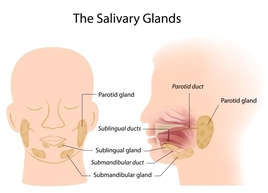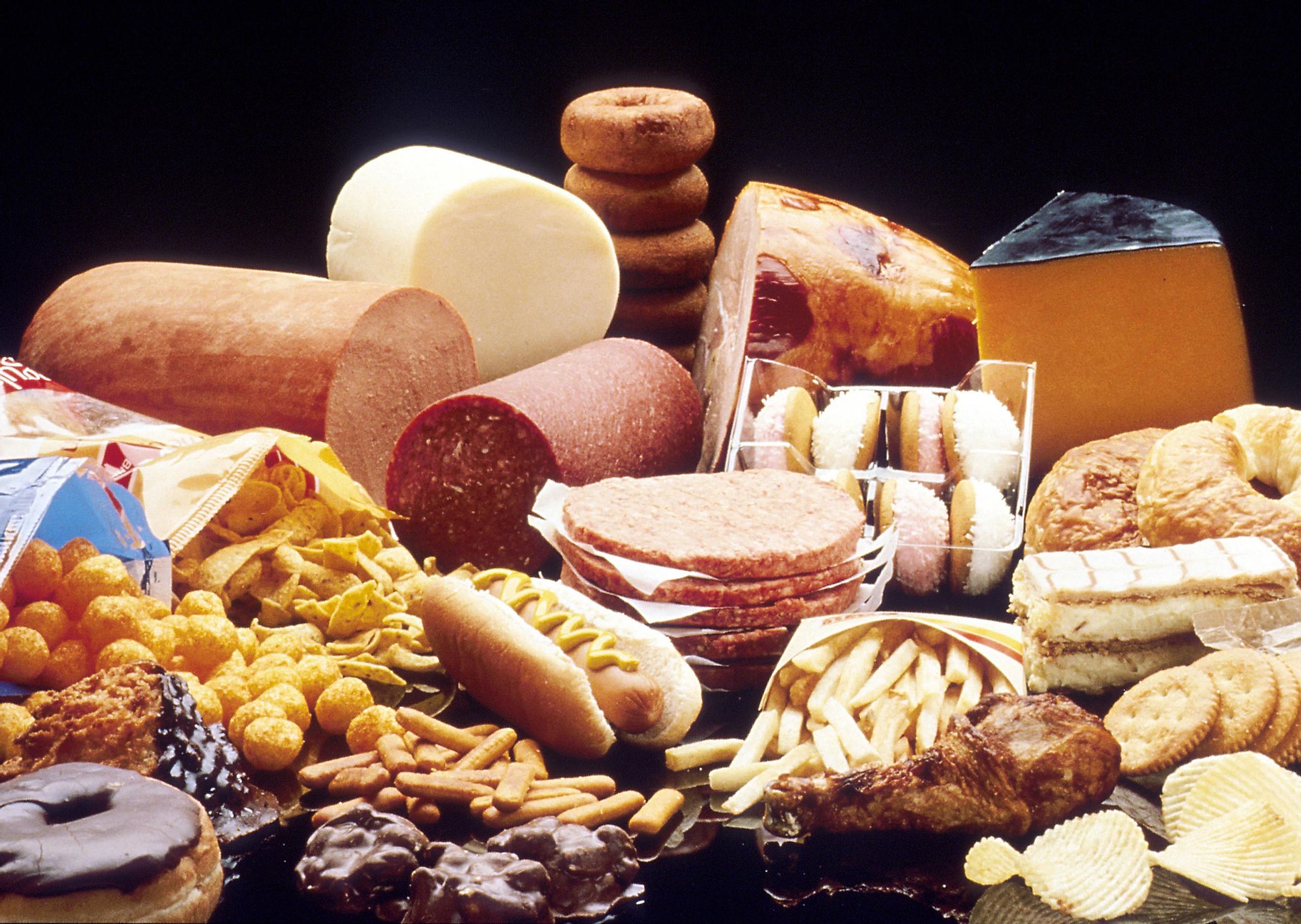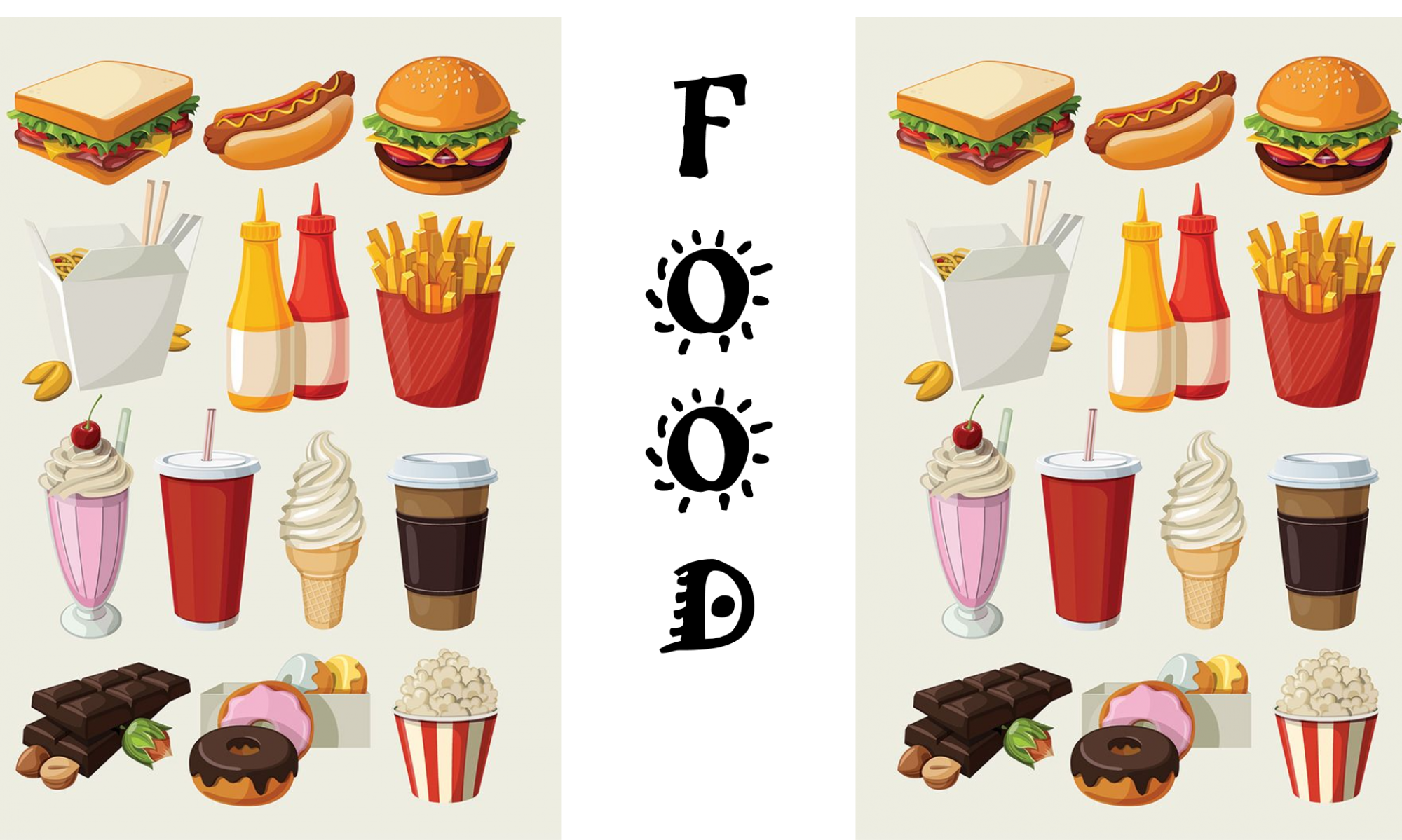Carbohydrates
The general formula of carbohydrates is (CH2O)n, where n is the number of carbon atoms. Carbohydrates are vital sources of energy for metabolism in the human body. The simplest unit of carbohydrates are the monosaccharides.

Some examples of monosaccharides are glucose, fructose and galactose. Two units of monosaccharides make up disaccharides while many units make up the polysaccharides. Examples of disaccharides are the maltose, sucrose and lactose and polysaccharides are usually glucose polymers such as starch and glycogen.
Monosaccharides, Disaccharides and Polysaccharides are classified as Carbohydrates. In this section, the digestion of carbohydrates will be discussed.
Digestion of carbohydrates in the human body.
Firstly, when the food enters the mouth and as we chew and grind our food (this is a form of mechanical digestion), some starch and glycogen (polysaccharides) are broken down into maltose, sucrose and lactose (disaccharides). Chemical digestion is also present and the enzyme responsible for this digestion is the salivary amylase present in our salivary glands.

Next, the food is transported to the stomach BUT no further digestion occurs here as the salivary amylase is deactivated due to low pH. Since stomach contains strong acid, the pH is low.
When the food is transported to the small intestines, amylase from the pancreas will continue to digest the remaining starch (polysaccharide) to maltose (disaccharide). Disaccharides are broken down to monosaccharides such as glucose, fructose and galactose by the enzymes lining the walls of the small intestines. Enzymes responsible are: Maltose will be broken down by maltase, sucrose by sucrase and lactose by lactase.

Glucose, fructose and galactose are absorbed into the blood. The bloodstream will then distribute the nutrients throughout the whole body. Glucose can also be converted to glycogen and stored as fat which can be a source of energy for the body 🙂
A more summarised flow of digestion is shown below for a clearer picture.

Proteins
Proteins are digested by enzymes such as protease. In the stomach, the protease known as pepsin will digest proteins to polypeptide. The undigested protein will enter the small intestine and digested by trypsin to polypeptide. All the polypeptide will be digested by erepsin to amino acids in this small intestine.
The enzymes contain active site which is specific to the substrate it binds to. The substrate is held by weak ionic bonds formed between the substrate and enzyme. Hence there is the lock and key hypothesis where it forms an enzyme substrate complex. Active site lowers the activation energy and speed up the reaction. Then, the substrate will be divided into its products. The enzyme will be regenerated.

Proteins are able to help in growth and aid in the building of muscles. However, it will be converted into fats if they are taken in by excess. Hence, we should eat meat like lean beef, tuna and eggs in moderation.

Lipids

Triglycerides
The simplest and most common lipids are the triglycerides. Each triglyceride consists of a glycerol and 3 fatty acids chain formed by condensation.
Triglycerides are generally insoluble in water due to the low solubility of fatty acids. Fatty acids can be classified into saturated or unsaturated fatty acids. Saturated fatty acids consist of a long hydrocarbon chain and each carbon is joined to the next by single covalent bonds while unsaturated fatty acids consists of hydrocarbon chains that have at least one carbon-carbon double covalent bond (C = C).
The double bonds introduce kinks which lower the melting point of unsaturated fatty acids as they cannot pack together as tightly as saturated fatty acids.
Fats and oils
Fats and oils are naturally occurring mixture of triglycerides. Most triglycerides containing saturated fatty acids are solids at room temperature. They origin from animal and are classified as fats. For instance, beef fat and butter.
On the other hand, triglycerides containing unsaturated fatty acids have lower melting point and are usually liquids at room temperature. They are classified as oils. Some examples include olive oil and corn oil.
Steroids
Steroids are organic compounds with a basic structure containing four rings of carbon atoms, three with 6 carbons and one with 5 carbons. They are also classified under the lipid group. Sterols are a subgroup of the steroids and they occur naturally in plants, animals and fungi. The most familiar type of animal sterol is cholesterol.

Cholesterol
Cholesterol is a waxy, fat-like substance that can be found in all cells of our body. It is one of the most important molecules in the body. We need cholesterol to help produce vitamin D and it is an essential component of plasma membrane in cells.
Cholesterol can’t dissolve in blood. Hence, it has to be transported to and from the cells by carriers called lipoproteins. There are two kinds lipoproteins: Low-density lipoproteins (LDL) and High-density lipoproteins (HDL).
Low-density lipoproteins are known as “bad” cholesterol because it can build up on the walls of the arteries and increase chances of getting cardiovascular disease.
High-density lipoproteins are known as “good” cholesterol because a high level of it can help to protect against heart attack.
Digestion of lipids
The digestion of lipids occurs in the small intestine. Bile is a digestive juice that aids in lipid digestion through emulsification. It is secreted by the liver and stored in the gall bladder. When chyme enters the duodenum, the upper portion of the small intestine, hormones will then signal the gallbladder to contract and release bile. The contraction pushes the bile through the common bile duct and into the small intestine together with the chyme. Bile do not contain any enzymes but there are bile acids present to emulsify fats, breaking down large lipid globules into many small lipid molecules. Pancreatic lipases in the small intestine then break down the small lipid molecules into glycerides and fatty acids which can be easily absorbed by villi on the walls of the small intestine.
Emulsification is very important in the digestion of fats as it allows pancreatic lipase to efficiently act on the small lipid molecules.
Although consuming lipids is necessary in our diet to maintain our body systems, too much lipid consumption can prove to be detrimental to our health leading to problems like obesity and heart diseases. Therefore, we should minimize our intake of lipids and watch what we eat!





